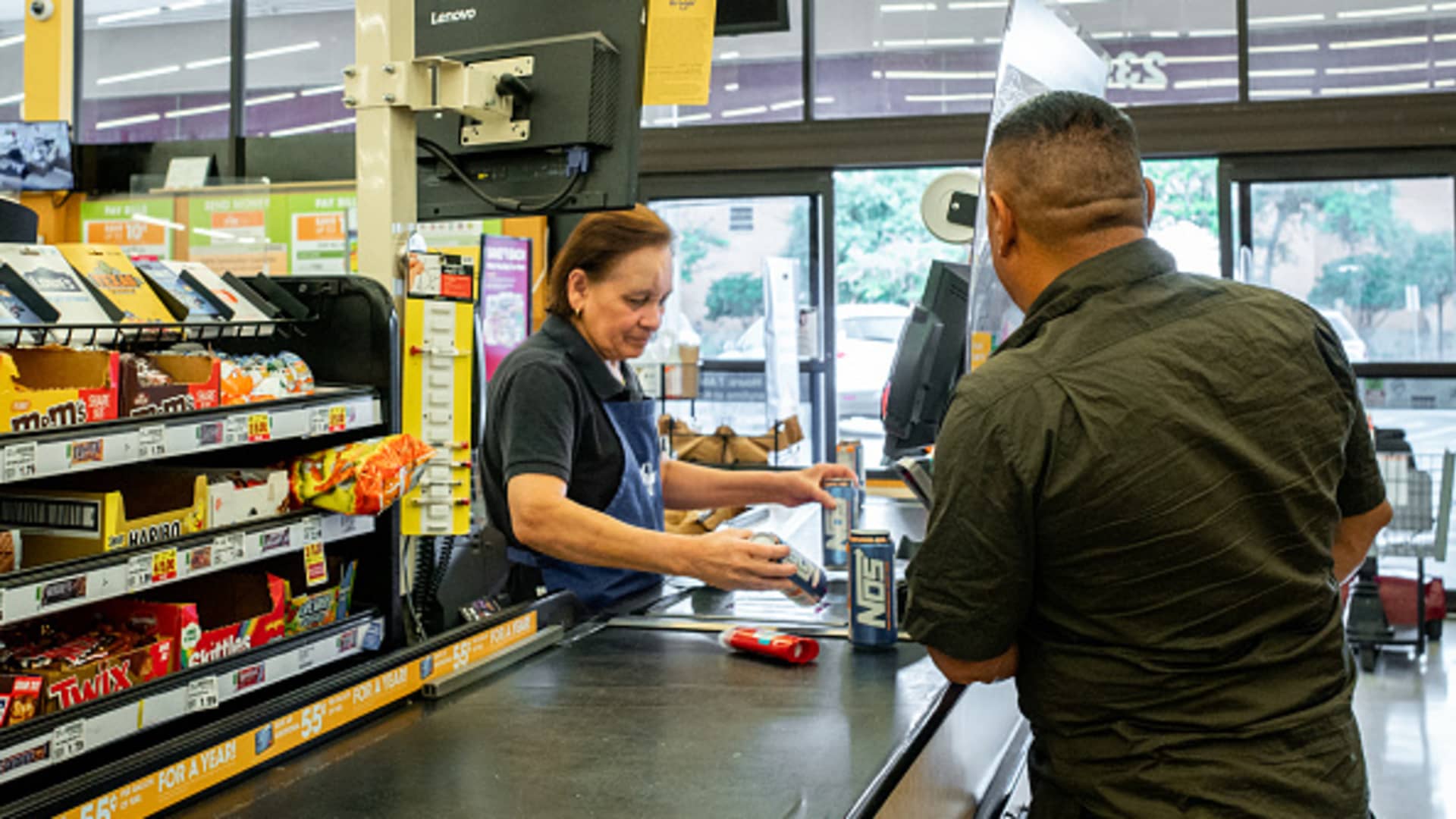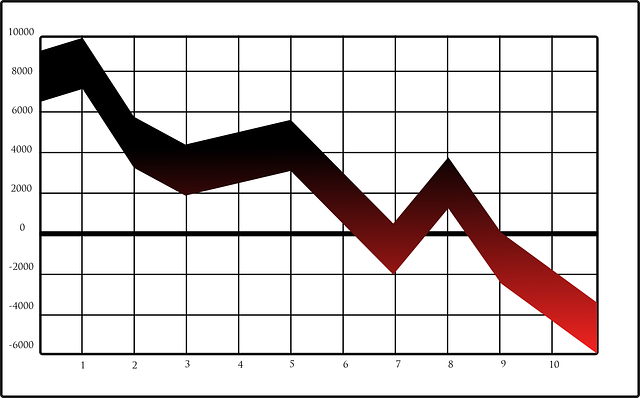Economists expect the Federal Reserve to leave interest rates unchanged at the end of its two-day meeting this week, even though many experts anticipate the central bank is preparing to start cutting rates in the months ahead.
In prepared remarks earlier this month, Federal Reserve Chair Jerome Powell said policymakers don’t want to ease up too quickly.
Powell noted that lowering rates rapidly risks losing the battle against inflation and likely having to raise rates further, while waiting too long poses danger to economic growth.
But in the meantime, consumers won’t see much relief from sky-high borrowing costs.
More from Personal Finance:
Here’s when the Fed is likely to start cutting interest rates
Nearly half of young adults have ‘money dysmorphia’
Deflation: Here’s where prices fell
In 2022 and the first half of 2023, the Fed raised rates 11 times, causing consumer borrowing rates to skyrocket while inflation remained elevated, and putting households under pressure.
With the combination of sustained inflation and higher interest rates, “many consumers are experiencing higher levels of economic stress compared to one year ago,” said Silvio Tavares, CEO of credit scoring company VantageScore.
The federal funds rate, which is set by the U.S. central bank, is the interest rate at which banks borrow and lend to one another overnight. Although that’s not the rate consumers pay, the Fed’s moves still affect the borrowing and savings rates they see every day.
Even once the central bank does cut rates — which some now expect could happen in June — the pace that they trim is going to be much slower than the pace at which they hiked, according to Greg McBride, chief financial analyst at Bankrate.
“Interest rates took the elevator going up; they are going to take the stairs coming down,” he said.
Here’s a breakdown of where consumer rates stand now and where they may be headed:
Credit cards
With most people feeling strained by higher prices, balances are higher and more cardholders are carrying debt from month to month compared to last year.
Annual percentage rates will start to come down when the Fed cuts rates but even then, they will only ease off extremely high levels. With only a few potential quarter-point cuts on deck, APRs would still be around 20% by the end of 2024, McBride said.
“If the Fed cuts rates twice by a quarter point, your credit card rate will fall by half a percent,” he said.
Mortgage rates
Fifteen- and 30-year mortgage rates are fixed, and tied to Treasury yields and the economy. But anyone shopping for a new home has lost considerable purchasing power, partly because of inflation and the Fed’s policy moves.
Rates are already significantly lower since hitting 8% in October. Now, the average rate for a 30-year, fixed-rate mortgage is around 7%, up from 4.4% when the Fed started raising rates in March 2022 and 3.27% at the end of 2021, according to Bankrate.
“Despite the recent dip, mortgage rates remain high as the market contends with the pressure of sticky inflation,” said Sam Khater, Freddie Mac’s chief economist. “In this environment, there is a good possibility that rates will stay higher for a longer period of time.”
Adjustable-rate mortgages, or ARMs, and home equity lines of credit, or HELOCs, are pegged to the prime rate and those rates remain high.
“The reality of it is, a lot of borrowers are paying double-digit interest rates on those right now,” McBride said. “That is not a low cost of borrowing and that’s not going to change.”
Auto loans
The average rate on a five-year new car loan is now more than 7%, up from 4% when the Fed started raising rates, according to Edmunds. However, competition between lenders and more incentives in the market have started to take some of the edge off the cost of buying a car lately, said Ivan Drury, Edmunds’ director of insights.
Once the Fed cuts rates, “that gives people a little more breathing room,” Drury said. “Last year was ugly all around. At least there’s an upside this year.”
Federal student loans
Private student loans tend to have a variable rate tied to the prime, Treasury bill or another rate index, which means those borrowers are already paying more in interest. How much more, however, varies with the benchmark.
For those struggling with existing debt, there are ways federal borrowers can reduce their burden, including income-based plans with $0 monthly payments and economic hardship and unemployment deferments.
Private loan borrowers have fewer options for relief — although some could consider refinancing once rates start to come down, and those with better credit may already qualify for a lower rate.
Savings rates
While the central bank has no direct influence on deposit rates, the yields tend to be correlated to changes in the target federal funds rate.
As a result, top-yielding online savings account rates have made significant moves and are now paying more than 5% — above the rate of inflation, which is a rare win for anyone building up an emergency savings account, McBride said.
Since those rates have likely maxed out, this is the time to lock in certificates of deposit, especially maturities longer than one year, he advised. “There’s no incentive to hold out for something better because that’s not the way the wind is blowing.”
Currently, one-year CDs are averaging 1.73% but top-yielding CD rates pay over 5%, as good or better than a high-yield savings account.








